When I first heard of the Takhi I wasn’t sure that they weren’t human beings. Perhaps they are. Perhaps they are spirits.
Under a moonlit expanse that had all the characteristics of a frigid night, minus the warm wind that replaced that evening’s blankets, Ganbold first introduced the heroes of his story:
The Takhi. Precisely 27 of them. Stood on a metaphorical precipice. Across a physical grassland. Pondering. As ice formed among their fine hair. Threatening their very existence.
Table of Contents
Adaptable Risk-Taking Isn’t a Luxury, but Rather a Necessity for Survival
The Takhi had always lived in harmony with the land. Their days flowed easily like the rivers, and the seasons turned as naturally as their soles pressed into the earth. Their tribe, a singular force, moved together as one, their unity woven by years of trust and mutual understanding. The land had always provided for them, and in return, they lived as part of it. Peace was their heritage.
But peace does not always last.
The winds of change began to blow as winter set in. The cold was not just a passing chill, but a relentless, biting force that took the land’s warmth and left nothing but ice. The grass, their source of life, withered under a blanket of frost. Food became scarce. The Takhi found themselves starving, their once strong bodies now weakened by hunger.
In the depths of that bitter season, the Takhi were faced with a decision: to stay, hoping the land would recover, or to take a risk and venture into the unknown, seeking warmer lands and food to ensure their survival.
Tomor, a young leader filled with fire and determination, saw the necessity of risk. He believed that they had a choice -not between life and death, but between the kind of life they would choose to lead. To stay meant to endure the unknown, to hold onto what was familiar but uncertain. To leave meant to risk everything, to venture into dangerous lands where survival was not guaranteed. But he understood that without risk, there could be no hope.
Tomor convinced many to follow him. They left the safety of the old grazing grounds and ventured into uncharted territory, driven by the belief that sometimes, survival demands more than patience.
But not all agreed. Erdene, the elder leader, was hesitant. He had seen the land in its abundance, knew the rhythm of the seasons like an old friend. He trusted the land’s promise and resisted Tomor’s call to leave. He believed that to remain was to honor their history, to wait for the return of the spring.
And so, the tribe split. Tomor’s followers went south, seeking warmth and food. Erdene’s group stayed behind, huddling together for warmth in the last place they knew well.
The seasons passed. The winds changed. Spring arrived, and with it, the Takhi who had taken the risk returned, their spirits hardened but stronger for it. They had found the food they so desperately needed, had braved unknown lands and weathered dangers they hadn’t even anticipated. It had been a journey full of uncertainty and hardship, but it had been worth it. They were alive, stronger, and better prepared for what the world would throw at them next.
Erdene’s group, however, remained in the same place, and when they met again, it was clear that time had not been as kind to them. Their bodies were thinner, their spirits dulled by the endless waiting. The land had not been as forgiving as they had hoped, and starvation had left its mark. Even with the return of spring, the damage had been done.
But it was not the physical toll that worried them most. It was the absence of the risks that might have saved them. Tomor’s group was changed, yes -some were missing, and others looked weary from their journey. But they were alive, and they had learned the most important lesson of all: risk is not the enemy of survival, but the path to it.
Ganbold paused, his voice lowering as he spoke the words that echoed through the silence of the night.
“They were not foolish for leaving. They were not reckless. They took the risk because they understood something -something that the land, the cold, and the seasons cannot teach you. They knew that without risk, there is no life. Without risk, the world stands still, and the world has no place for standing still.”
I looked at Ganbold, the firelight flickering in his eyes. He continued, his words carrying weight: “Tomor and his followers knew that sometimes the greatest danger isn’t the harsh winds or the frozen earth -it’s the fear that keeps you from stepping forward, from taking that first uncertain step into the unknown. It’s the belief that survival means staying where you are, even when everything around you tells you it’s time to move.”
I could feel the weight of his words settle between us, the stillness in the air punctuated only by the crackling of the fire.
“Risk is not a promise of safety,” Ganbold said more to himself than to me, “but it is the only way to create a future.”
How Adaptable Risk-Taking Relates to Mongolian Values
1. Nomadic Adaptability and Adaptable Risk-Taking
Mongolian survival has long depended on an empirically-proven, heightened sense of intuition that has arisen as a natural adaptation to counteract the brutality of the environment in which they inhabit. This sense of adaptability, much akin to the Takhi, is manifested by Mongolians through their ancestral knowledge of the lands. They not only know when change is coming, but they also are well-acquainted with the bravery needed to adapt.
To nomads, risk-taking is… risky. Although it is revered as an honorable trait, packing up and migrating before nature gives the call can have life threatening consequences for past and modern Mongolians. The key is not to blindly pursue risk-taking as a trait to develop or a status symbol to flaunt.
The key is viewing adaptable risk-taking as a process of life and a guiding principle: it is adaptable to, at any moment, be prepared to take a risk.
2. Risk as a Survival Strategy through Adaptable Risk-Taking
In no way an outlier, Mongolians’ actions come about as a result of their principles and values. Therefore, adaptable risk-taking is not simply a cultural value; it is a playbook. When confronted with change, whether it be changes in weather or fluctuating stock markets, Mongolians take decisive action -in the form of a highly intentional and purposeful risk.
This has been manifested through a history of oft-relocating herdsmen, travelling traders moving along the Silk Road, and warriors, such as Genghis Khan, who have employed daring willingness to expand as a hallmark of their influence.
3. Leadership, Diverging Paths, and Adaptable Risk-Taking
Leaders are often a magnified representation of their population. Such is the case in Mongolian culture where, even throughout traditional society, leaders were selected through demonstration of skill, rather than inheritance. In particular, and in a similar vein to Tomor, leaders had to prove themselves capable of navigating change while inspiring others to pursue adaptable risk-taking.
In fact, the most famous Mongol, Genghis Khan, was not the first to dream of uniting the tribes. However, he was the first to use risk-taking in an adaptive way that ultimately inspired others to follow him as he pieced together, arguably, the greatest empire that this planet has ever seen.
4. The Harshness of Nature as a Teacher of Adaptable Risk-Taking
The land does not coddle. It does not reward hesitation. It does not grant survival to those who simply wait. In Mongolia, nature is the first and most unforgiving teacher of adaptable risk-taking.
A single miscalculation in the steppe—lingering too long in an area where the frost will soon harden the ground, relying too heavily on a herd’s memory rather than the unseen signals of an approaching storm—can be the difference between life and death. Those who endure are those who have learned that survival is not about passively enduring hardship, but about knowing when to take action in the face of uncertainty.
To be Mongolian is to recognize that risk is not an act of defiance against nature. It is an act of cooperation with it. The land does not give second chances to those who ignore its warnings, nor does it offer comfort to those who cling to familiarity. Instead, it favors those who understand that movement is survival, that hesitation is often deadlier than the unknown, and that true resilience lies in the ability to risk stepping forward, even when the outcome is uncertain.
Mongolian nomads do not wander aimlessly. Their movements are calculated, honed by generations of trial, error, and adaptation. They do not seek change for its own sake, but when the land signals it is time to move, they move without fear, without complaint, and without looking back.
This is the core lesson of the steppe: survival does not belong to the strongest or the most patient. It belongs to those who recognize when the moment calls for risk, and who take that risk with certainty.
Adaptable Risk-Taking in Our Lives
Not many of us have had to bare our teeth and grit through a true dzud. But how many of us have experienced economic drought, personal loneliness, or feelings of opportunities slipping away? You’re not alone.
Luckily, the lessons of Mongolian values and adaptable risk-taking are directly applicable to us today.
1. Nomadic Adaptability ➤ Risk as a Necessity, Not an Option
✍️ Pertinent Problems: Adaptability is a strong strategy for a better future, but many people use it as an excuse to be reactive and not proactive. Proactivity helps us mitigate the dangers of risk and is increasingly valuable in a changing world or economy. As the economy enters a flux, adaptable risk-taking will ensure that we not only survive, but that we thrive.
🤖 AI: Likewise, with adaptable risk-taking, the changing field of AI may be seen as an opportunity to strike, not a danger to be feared.
💡 Lesson: The best risk-takers aren’t reckless; they are proactive and move before circumstances force them to.
2. Risk as a Survival Strategy ➤ Risk as a Path to Strength
✍️ Pertinent Problems: Want to start a business? How about meeting someone new or mastering a novel skill? The beauty of using risk as a strategy is that, win or lose, a growth-mindset is adopted. We either get ahead or we get better at getting ahead.
🤖 AI: AI is risky. We could pour all your resources into it and lose out completely. But one thing is for certain: we need to know enough about it so that when the proper time comes we’ll have a competitive advantage. We’ll never even put ourselves in that position without a bit of calculated risk.
💡 Lesson: Those who embrace risk as a growth tool build resilience, while those who avoid it weaken over time.
3. Leadership and Diverging Paths ➤ Risk as the Mark of Leadership
✍️ Pertinent Problems: So you want to be a leader? We’ll have to first start by inspiring others. How do we do that? Simple: Take Risks.
🤖 AI: AI could very well be the future. In fact, it seems inevitable at this point. Who would we rather be in 10 years time: someone who took calculated risks and grew exponentially by learning to work alongside AI or someone who was safe and now 10 years behind in AI-related knowledge?
💡 Lesson: Risk-takers don’t wait for guarantees; they act with confidence and adapt along the way.
4. The Harshness of Nature as a Teacher ➤ Risk as an Unavoidable Reality
✍️Pertinent Problems: Many people believe that avoiding risk is the safest path, but life doesn’t work that way. Economic instability, career shifts, and personal setbacks don’t wait for permission before upending our plans. The world is unpredictable, and those who try to resist change often find themselves struggling the most. True resilience isn’t about standing still and hoping the storm passes -it’s about learning to move with it.
🤖AI: AI isn’t a force we can push back against. Be warned, it’s already shaping industries, careers, and daily life. Those who try to ignore it will only fall further behind. The key isn’t to fight against AI or wait for perfect certainty, but to flow with it -adapting, experimenting, and finding ways to make it work for us rather than against us.
The Evolutionary Psychology Behind Adaptable Risk-Taking
The development of adaptable risk-taking is not a spontaneous fad in our species. Rather, it is an adaptation that has been honed via evolution to a high degree of efficiency -none more so evident than in the Mongolian culture. This serves us quite nicely in today’s world, giving us an established scope through which we may view these features of our evolution while additionally permitting us to consciously choose to develop these traits further. Here’s how:
1. Risk-Sensitive Foraging and Adaptable Risk-Taking
This theory that postulates that the degree of risk an organism is willing to take in order to find food has to do with the scarcity of said food. For instance, in flourishing and fruitful ecosystems, it makes a whole lot of sense to stay put and get fat. But once a drought hits, it’s time to move on. Time to take a risk.
This model is reflected in its entirety upon traditional Mongolians. Nomadic pastoralists by nature, Mongolians have historically had to employ high-risk strategies in order to combat their environment, which is often marked by fluctuating grasslands and extreme winters (dzuds).
Leaving their camp a day too early could mean death. Leaving a day too late could also mean death. It is no wonder that Mongolians have mastered the art and skill of adaptable risk-taking.
2. Life History Theory and Adaptable Risk-Taking
Life History Theory examines how organisms allocate resources throughout lifespans. Generally, there are two predominant strategies seen in the animal kingdom:
- Fast Life History Strategies: Orientation towards rapid reproduction, early maturation, and higher risk-taking. These most commonly include animals in high-risk environments such as mice and other prey animals.
- Slow Life History Strategies: Orientation towards long-term survival, delayed reproduction, and lower risk-taking. These most commonly include animals such as elephants and human-beings.
That being said, Mongolians are unique in the fact that they have mastered a facultative life strategy, meaning that they (along with many humans, just not to the same degree) switch between life strategies dependent on the environmental context. Fruitful land? We stay. Drought? We ride.
Contrary to strictly slow life history cultures, Mongolians incorporate risk-taking into their everyday lives, but contrary to strictly fast life history cultures, their risks are calculated -thanks to a long lineage of passed down knowledge of their environment, peoples, and beliefs.
Perhaps the biggest reflection of this facultative strategy, and certainly a major proliferation of adaptable risk-taking, took place during the rule of Genghis Khan. At first, there was a rapid explosion of territorial gains, necessitated by the dangers that his neighbors provided and opportunity born through their ignorance. Later, Genghis Khan consolidated his power in order to uphold an institution-building approach, thus promoting the safety of his empire.
We may learn from Mongolians past and present that adaptable risk-taking is, in part, mastering the opportunities that you are given. There will always be times to take risks and there will always be times to exploit the present. Don’t be afraid of either, just be ready to make the call.
3. The Neuroscience of Adaptable Risk-Taking
The neuroscience of risk-taking explores how organisms assess threats and rewards, with key brain regions like the prefrontal cortex (PFC), amygdala, and dopamine system playing crucial roles. Successful risk-taking isn’t just about impulse. It’s equally about control, evaluation, and the ability to act despite uncertainty.
This balance is exemplified in traditional Mongolian culture. As nomads and warriors, Mongolians have long relied on calculated risk-taking for survival. Whether navigating harsh landscapes or engaging in battle, their success has depended on a well-regulated interplay between caution and courage.
From an early age, Mongolian children are trained in horseback riding, archery, and wrestling -activities that require both risk-taking and discipline. This lifelong exposure to uncertainty strengthens neural pathways that regulate fear, decision-making, and reward processing. Over generations, those who mastered the balance of avoiding reckless impulsivity while embracing necessary risks rose to positions of leadership and influence.
We may learn from them that adaptable risk-taking is, in part, a skill that can be developed. Fear and uncertainty will always be present, but the key lies in training ourselves to manage them -turning risk into an opportunity rather than an obstacle.
Adaptable risk-taking is neither reckless nor rigid. It is a dynamic interplay between environment, experience, and evolutionary inheritance. The Mongolian mastery of this trait serves as a compelling example of how risk, when approached with knowledge and precision, becomes less of a gamble and more of a strategy. In understanding this balance, we, too, can cultivate a more adaptive approach to uncertainty -one that aligns risk with opportunity rather than fear.
A Practical Guide to Developing Adaptable Risk-Taking
Most of us don’t have a childhood spent wrestling around the Mongolian steppes. Nevertheless, Mongolian wisdom is practical and trainable in our modern lives. Here’s how:
1. Strengthen Your Decision-Making Muscle
🔹 Why? Mongolians don’t take risks randomly; they assess the land, the weather, and the consequences before moving. Similarly, strong decision-making skills make risk-taking more effective.
💡 How?
- Use a risk-reward analysis: When faced with a decision, list the potential benefits and consequences.
- Train yourself to make small, quick decisions daily -what to eat, what route to take- so that big decisions feel less overwhelming.
- Set “decision deadlines” to avoid overthinking.
2. Become Comfortable with Uncertainty
🔹 Why? The steppe teaches Mongolians that nothing is permanent, and adapting to change is the only constant. In modern life, resisting uncertainty leads to stagnation.
💡 How?
- Try a “discomfort challenge”: Order food you wouldn’t normally eat, start conversations with strangers, or take a different route home.
- Regularly expose yourself to new environments (different cultures, industries, or social circles).
- Shift your mindset: Instead of seeing uncertainty as a threat, see it as an open door to new opportunities.
3. Develop a “Calculated Boldness” Approach
🔹 Why? Mongolian risk-taking isn’t reckless -it’s strategic. They move before disaster strikes, not in response to it.
💡 How?
- Make “preemptive moves”: Instead of waiting for a job loss to learn new skills, start developing them now.
- Practice low-stakes risks: Speak up in a meeting, launch a small project, or negotiate something minor before tackling bigger risks.
- Set a personal risk quota: one calculated risk per month to stretch your comfort zone.
4. Train Yourself to Recover from Setbacks
🔹 Why? Failure is not to be feared, only inaction. Mongolian warriors, traders, and nomads saw failure as a step toward mastery.
💡 How?
- Keep a “failure journal”: Log risks you took, what went wrong, and what you learned.
- Reframe failure: Instead of “I failed,” say, “I tested a hypothesis, and now I have new data.”
- Develop “Plan B” thinking: Before taking a risk, ask yourself, “If this doesn’t work, what’s my next step?”
5. Trust Your Instincts – But Train Them First
🔹 Why? Mongolian herders read the land with near-intuitive accuracy. But this intuition is built on years of learning.
💡 How?
- Hone your instincts through deliberate exposure: Study trends in your field, analyze past decisions, and learn from risk-takers you admire.
- Pay attention to gut feelings, but validate them with logic.
- Use “micro-experiments” -test ideas on a small scale before committing fully.
6. Adopt a Nomadic Mindset
🔹 Why? Mongolians never get too attached to one place or way of life. In an ever-changing world, flexibility is a survival skill.
💡 How?
- Regularly reassess your life choices: What worked for you five years ago may not work today.
- Avoid over-identifying with job titles, relationships, or routines—be open to reinvention.
- Cultivate a “move when the time is right” mentality. Know when to leave a job, relationship, or mindset that no longer serves you.
7. Lead with Risk, Inspire Others
🔹 Why? Mongolian leaders weren’t born -they proved their ability to navigate risk. If you want to stand out, show your willingness to act.
💡 How?
- Take a small leadership risk: Speak up about an idea, organize an event, or volunteer for a challenging task.
- Model adaptable risk-taking: Show people how to navigate uncertainty instead of just telling them.
- Inspire confidence by embracing the unknown instead of fearing it.
Final Thought: Risk is a Skill, Not a Gamble. Adaptable risk-taking isn’t about being fearless -it’s about acting despite fear. By training your instincts, making calculated moves, and embracing uncertainty, you transform risk from a threat into an opportunity. The key is to start small, stay aware, and keep moving -because, as the Mongols know, standing still is the real danger.
Conclusion: Mastering Adaptable Risk-Taking
Adaptable risk-taking is not just something we’re born with. Rather, it is a skill that has been shaped by the environments we grow up in, the experiences we accumulate, and the knowledge passed down to us. If you want a powerful example of how risk-taking can be learned and honed, look no further than the Mongolian nomads. Over generations, they’ve fine-tuned their ability to assess risks and make calculated moves in an ever-changing world, making risk less of a gamble and more of a strategy.
In our own lives, especially with all the uncertainty we face today -whether it’s the rise of AI or changes in our personal worlds -learning to take risks with a little more thought and a little less fear is key. The Mongols mastered this balance, knowing when to stay put and when to take off. And while we may not be dealing with the harsh steppes of Mongolia, we can certainly learn from their approach.
By strengthening our decision-making muscles, embracing discomfort, and practicing “calculated boldness,” we can move through uncertainty with more confidence. Taking small, measured risks in our daily lives not only helps us grow but also trains our instincts to recognize opportunity when it arises. The key is to keep moving forward, because, as the Mongols knew, staying stuck in one place is the real danger.
Risk is a skill, not a gamble. So, let’s start practicing it, step by step, just as the Mongols have done for centuries.
- 5 Danish Lessons and Using Janteloven as a Tool to Save our Future from AI
- Hygge and AI. A Look to a Better Future through 5 Danish Values.
- 8 Tips for a Better Work-Life Balance: Lessons from Danish Values
- Adaptable Risk-Taking: Learn From 4 Mongolian Values
- Live Free. 4 Mongolian Values and Lessons from a Nomadic Lifestyle.

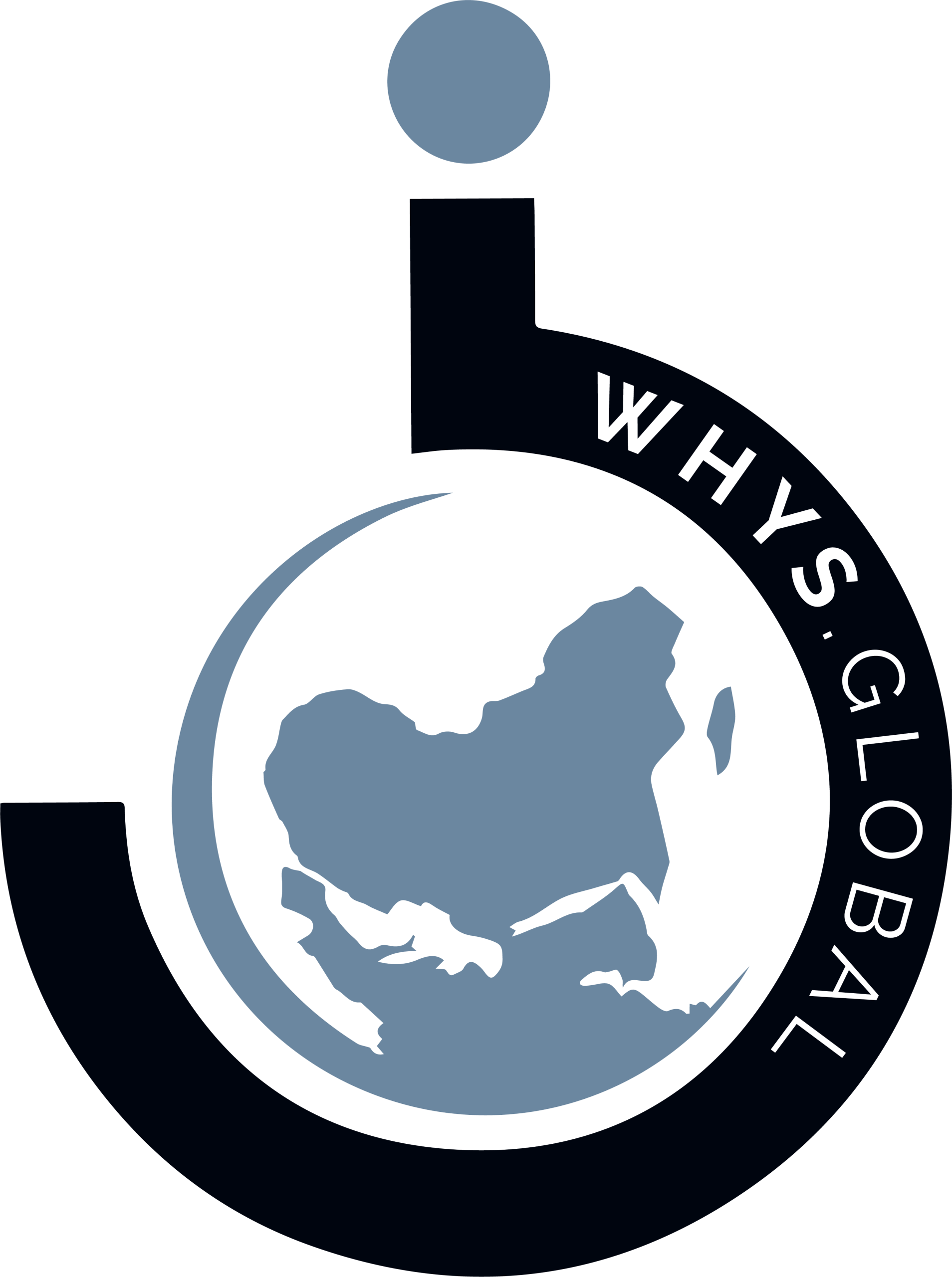
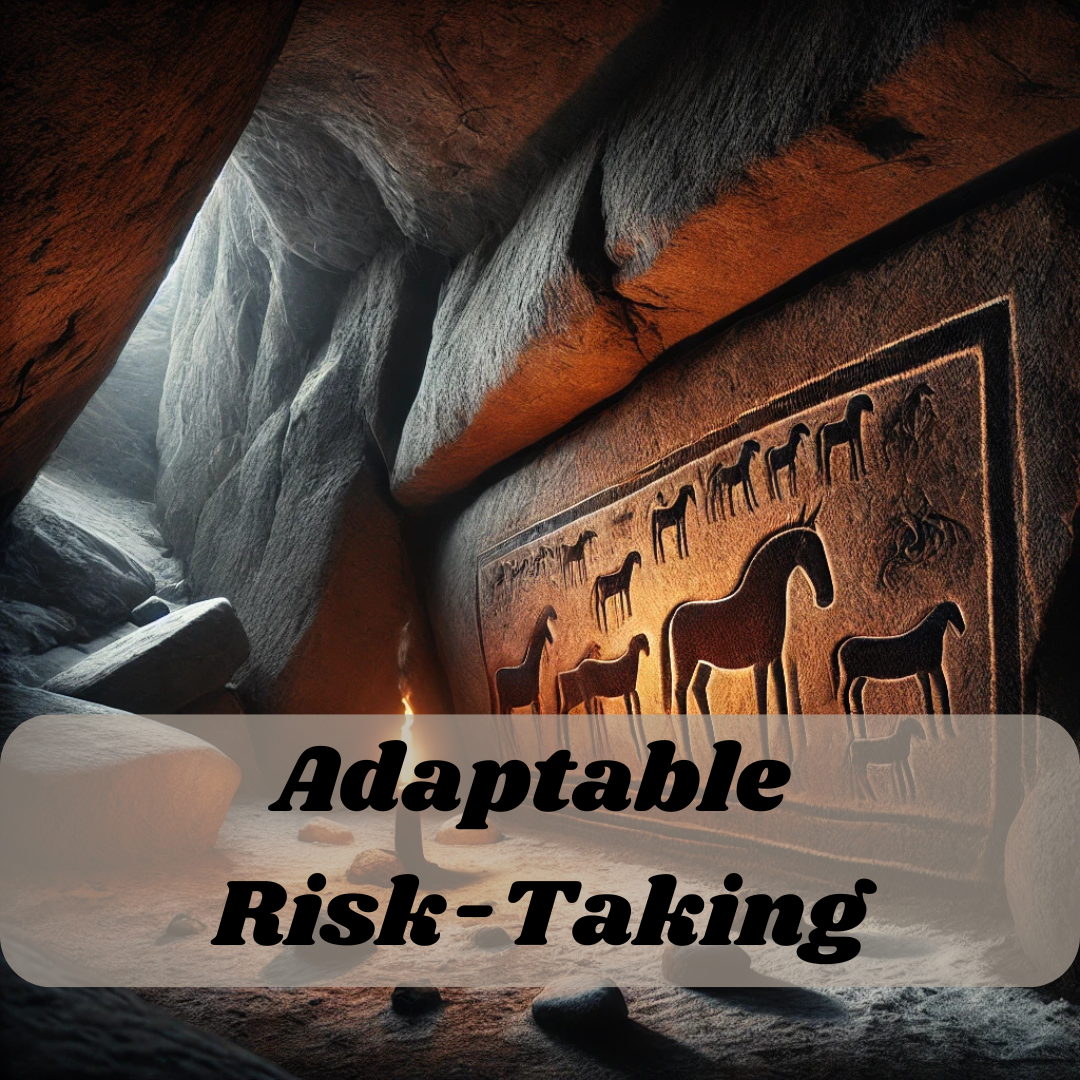
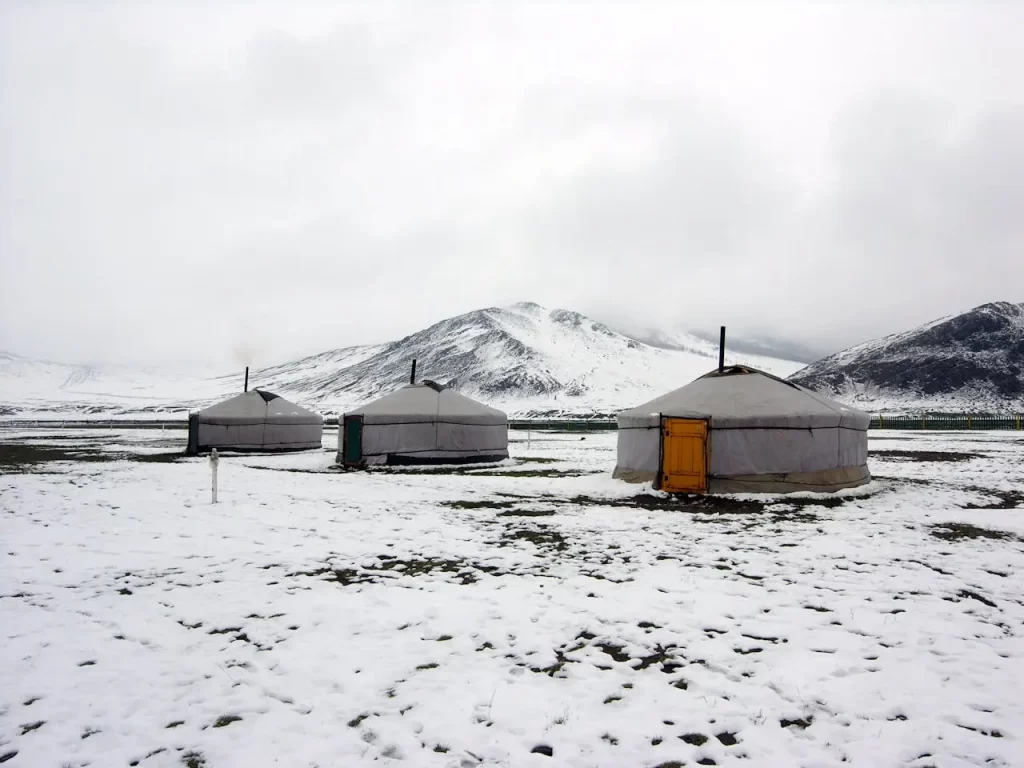
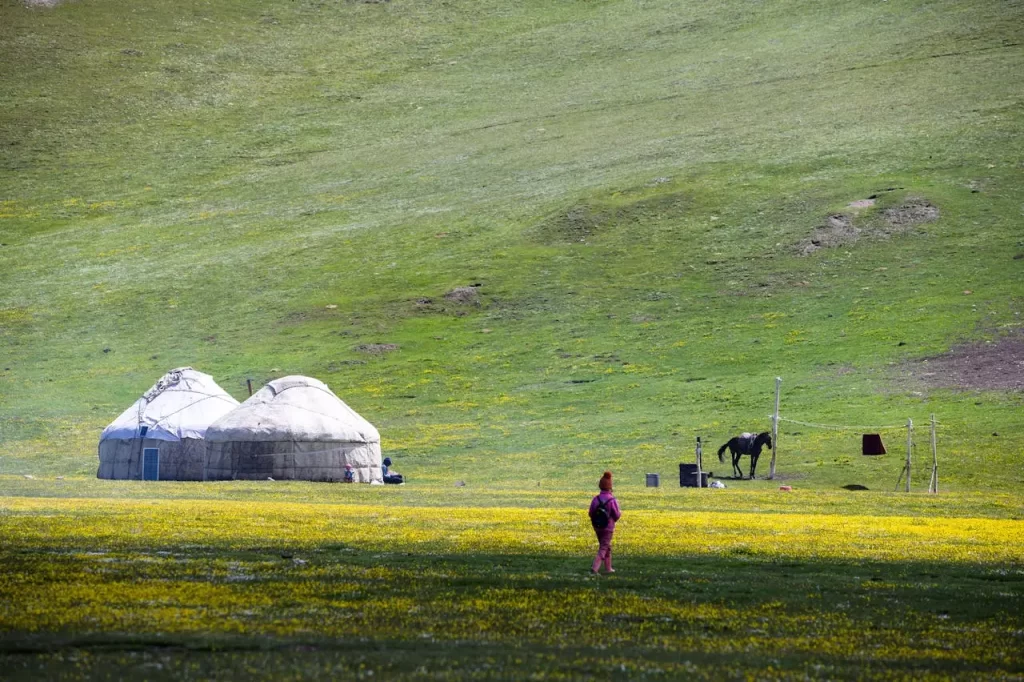
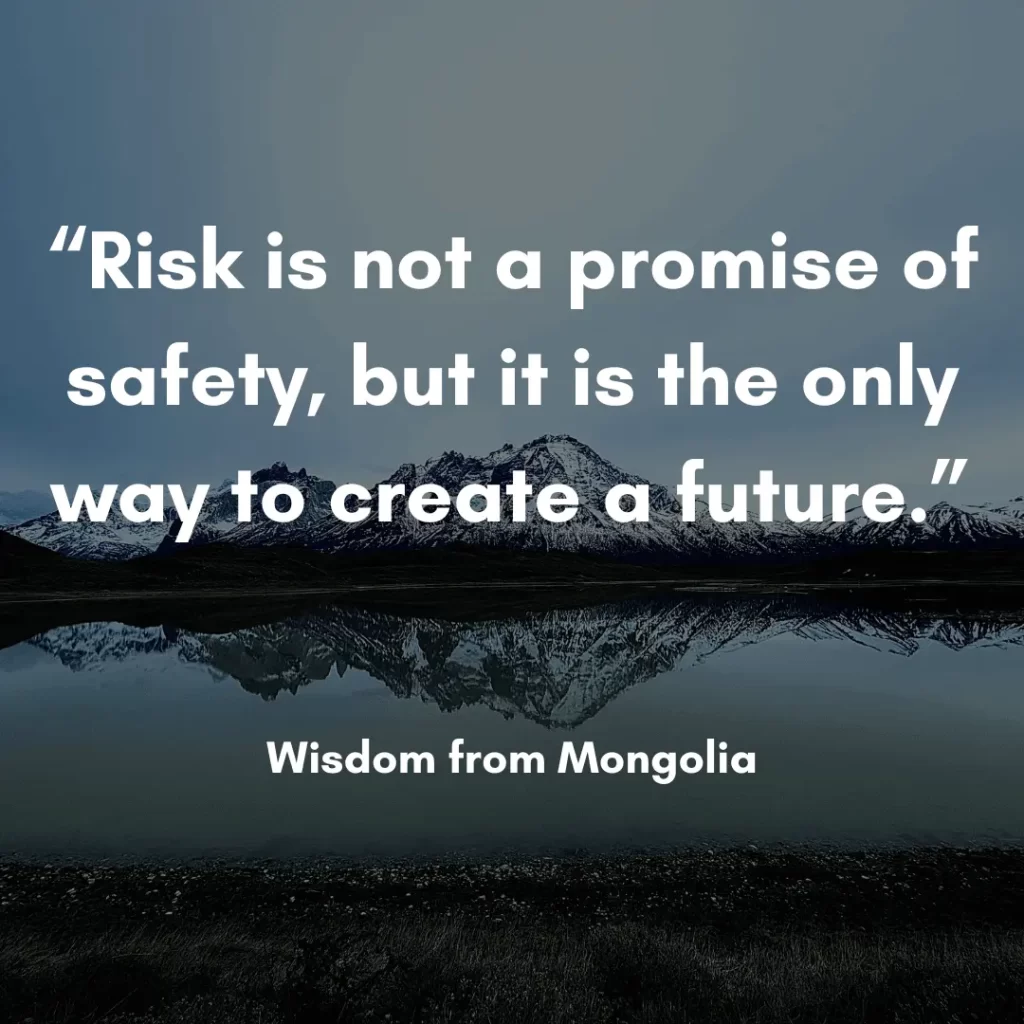
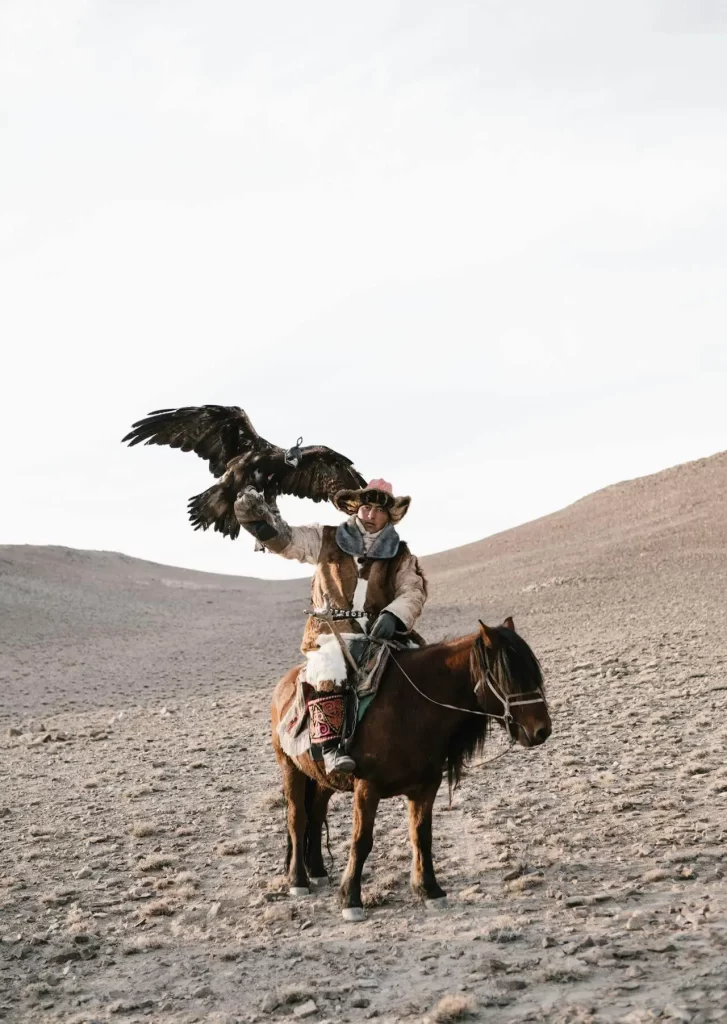
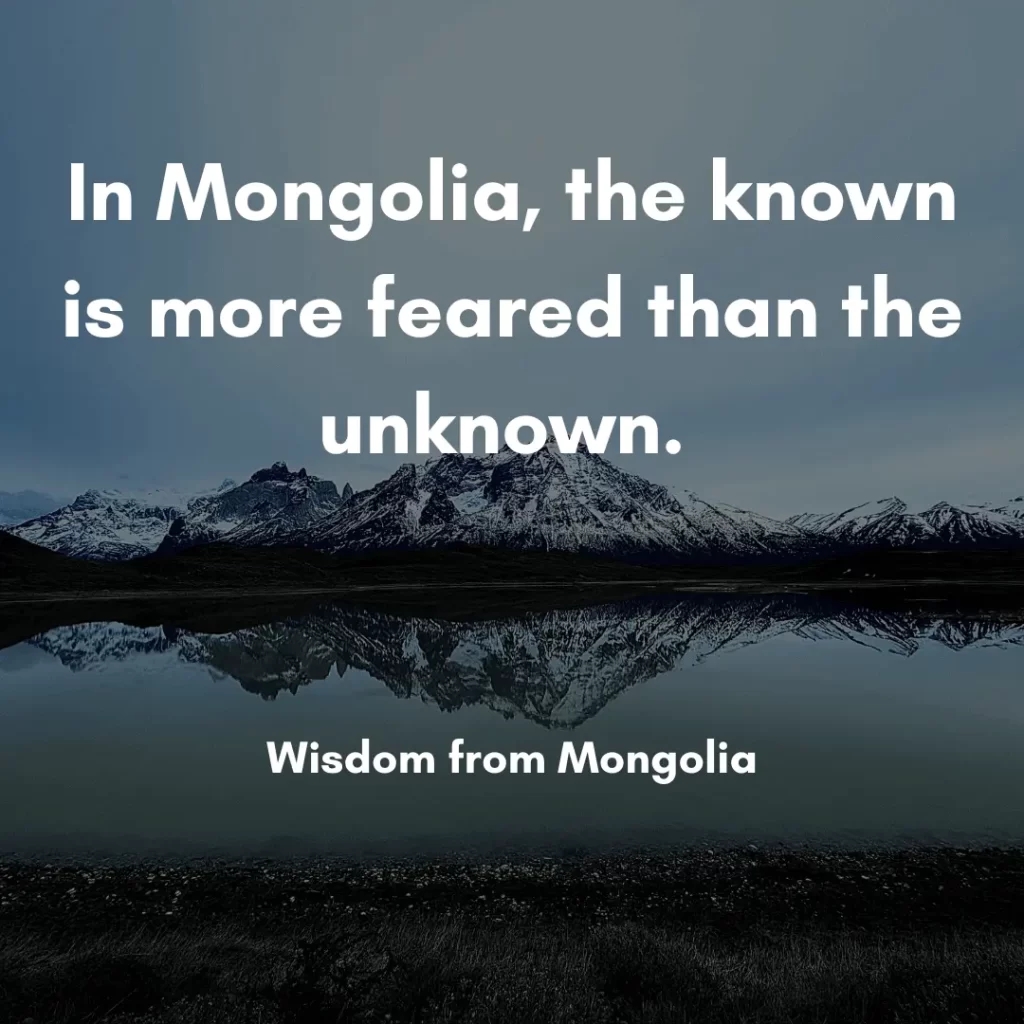

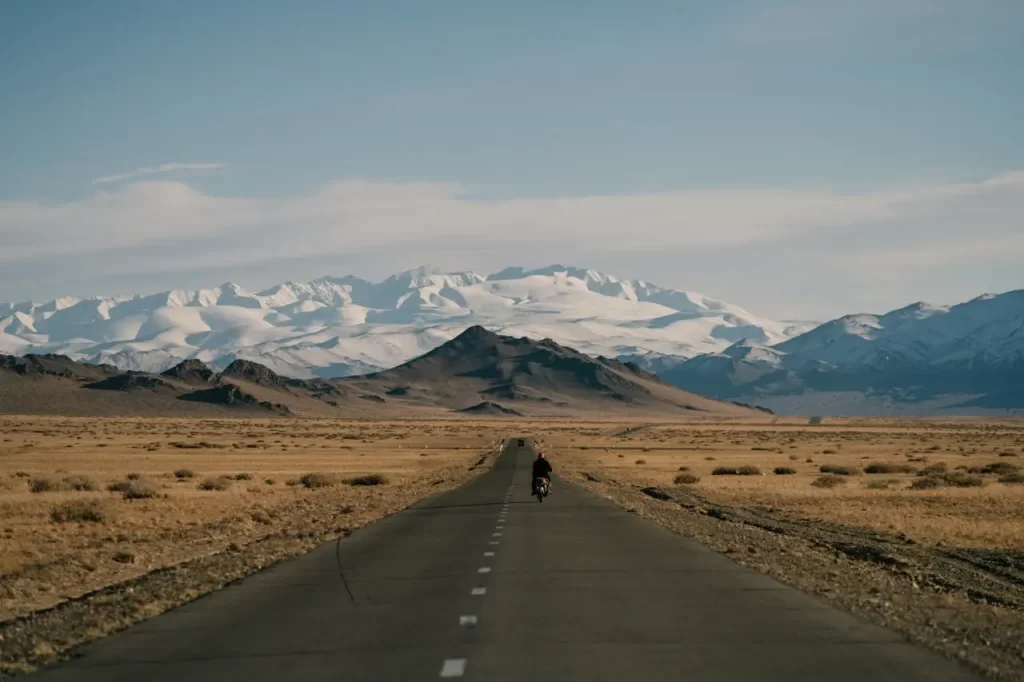
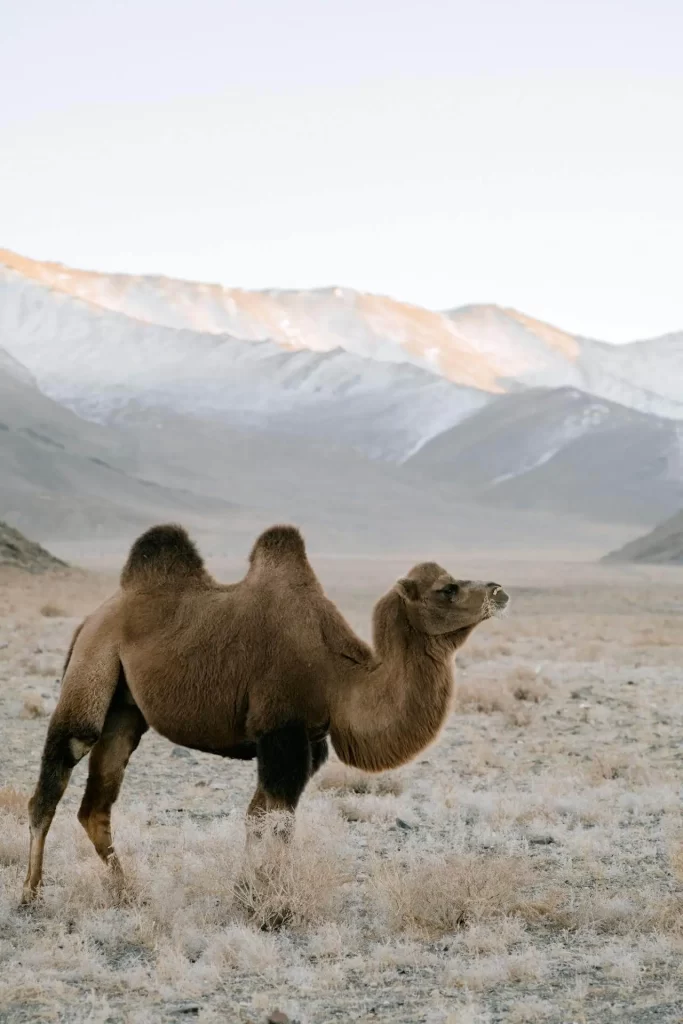
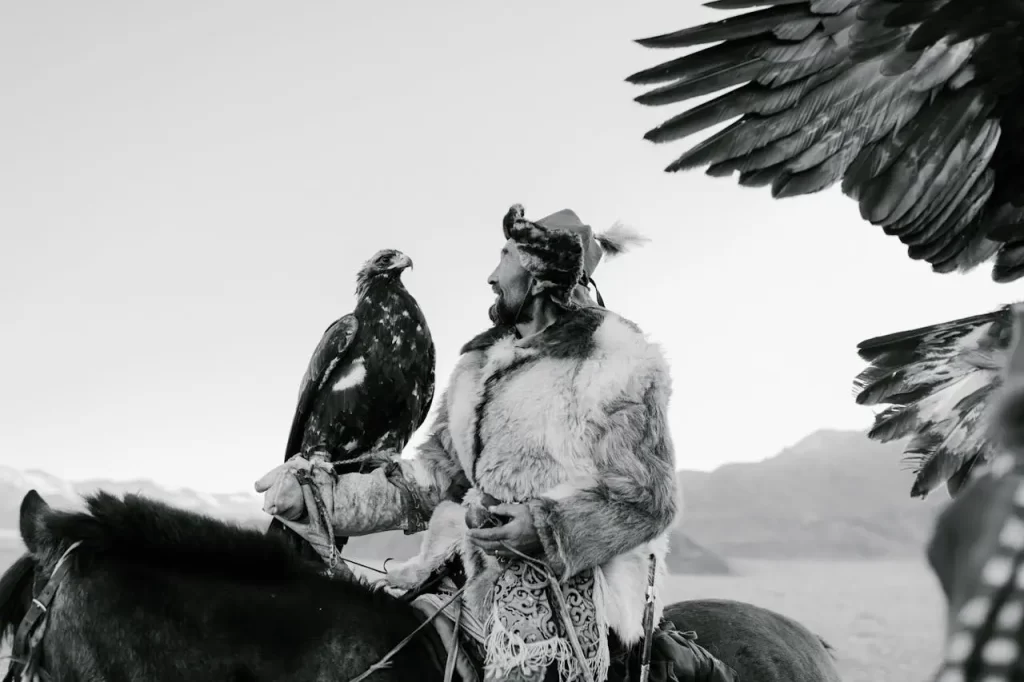
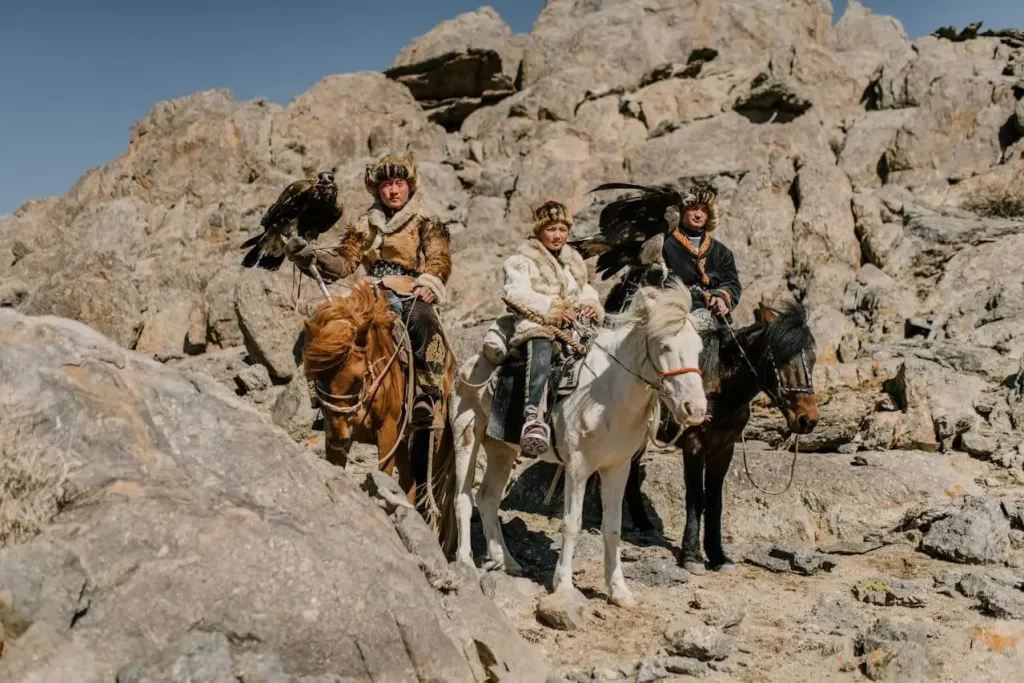
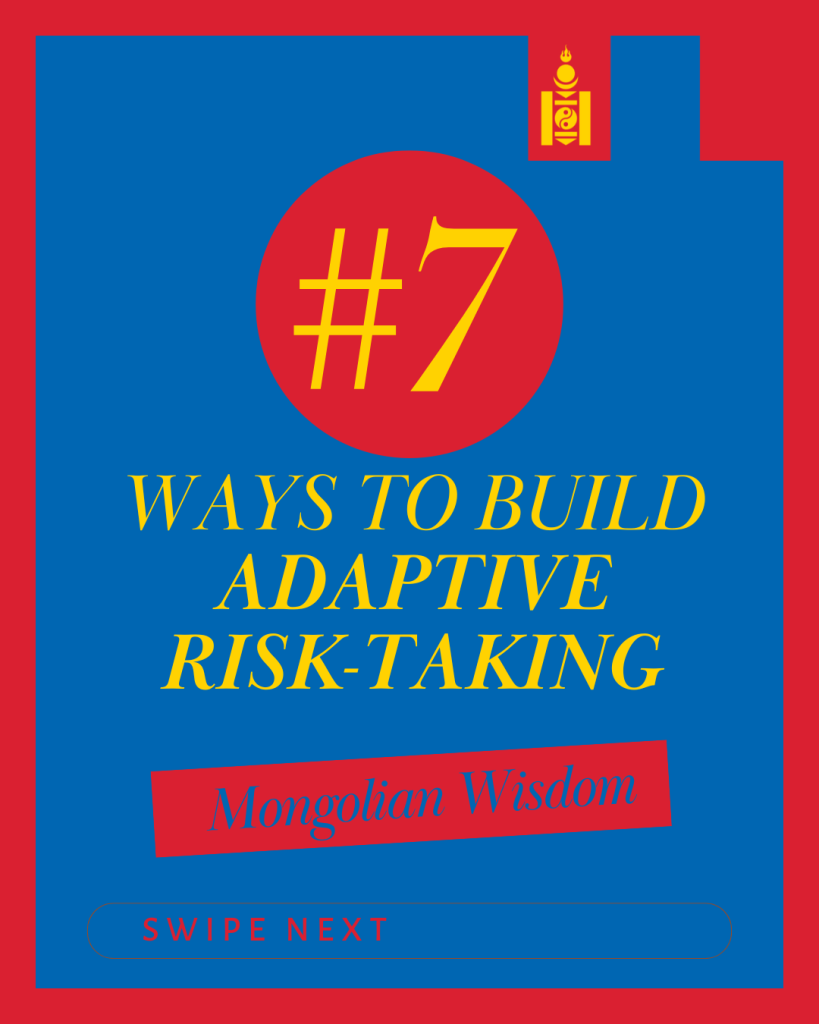
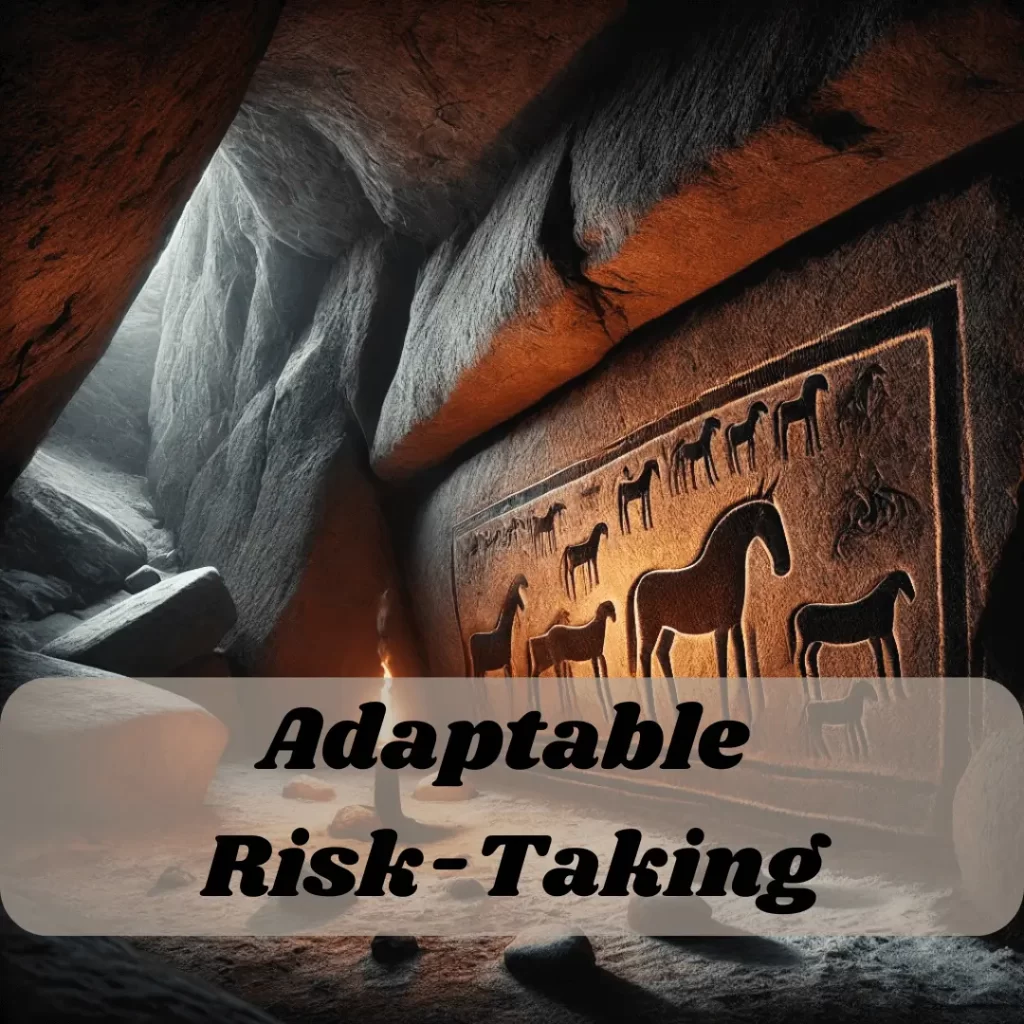
One thought on “Adaptable Risk-Taking: Learn From 4 Mongolian Values”